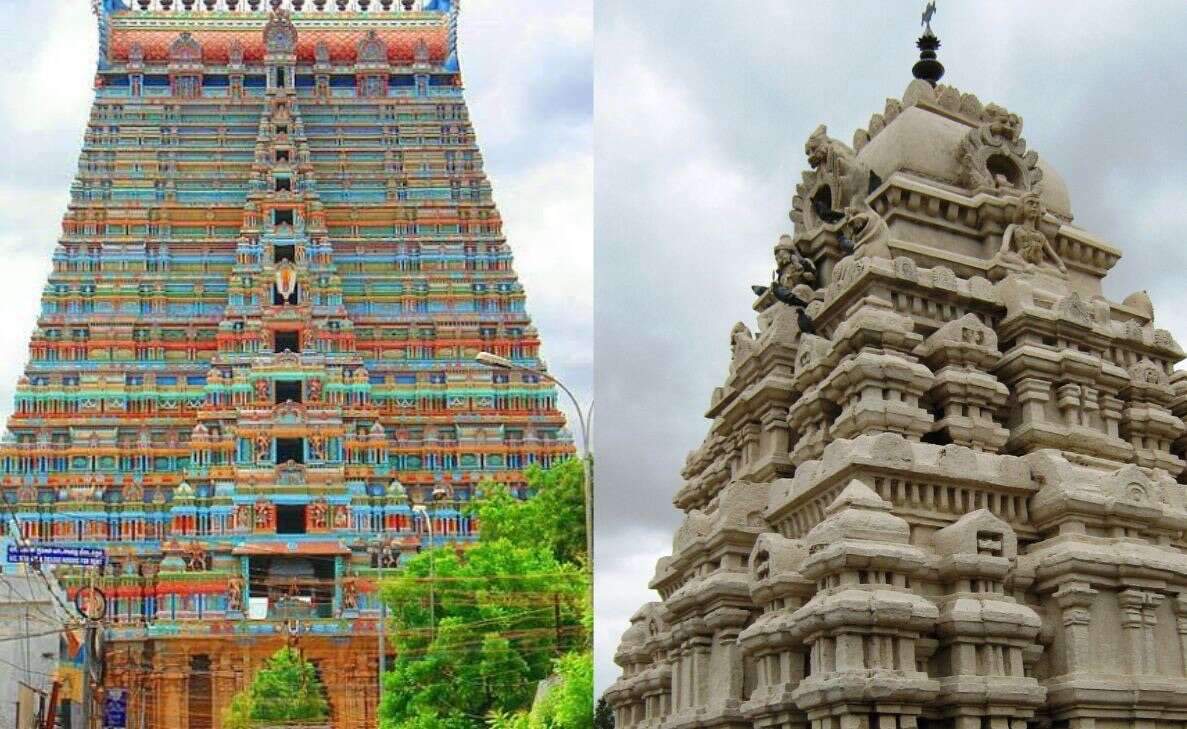
India is a land rich in cultural and religious heritage, with the construction of temples being a continuous and significant tradition. The recent inauguration of the Ram Mandir in Ayodhya has drawn attention to the sacred places associated with Lord Ram across the country. Exploring other Ram temples in India allows us to delve into the spiritual journey depicted in the Ramayana. Each of these temples holds its significance, serving as living testimonials to pivotal moments from the epic. Let’s discover these Ram temples in India before making the pilgrimage to the newly inaugurated Ram Mandir in Ayodhya.
Here is a list of Ram Temples in India that you must pay a visit before visiting the Ram Mandir, where “Ram Lalla” is the main deity.
Kalaram Temple in Nashik is where it is believed that Lord Ram, Sita, and Lakshman spent a substantial part of their 14-year exile. Panchavati, meaning the land of banyan trees, became a haven for Ram devotees. The historical Kalaram Temple, built by Lord Rama and Lakshmana, witnessed destruction during the Mughal era but rose again. The name Kalaram itself echoes the moment when Lord Rama, invoking his dark side, defeated 14,000 demons in under two minutes.
Lepakshi in Andhra Pradesh, which is over 1000 km from Nashik is the place where Jatayu fell after being significantly wounded. This place holds significance in the Ramayana, symbolizing the spot where the noble bird Jatayu sacrificed its life for Sita. In the epic narrative, Lord Rama finds Jatayu and utters the words “Lepakshi,” meaning “Rise, Oh bird,” granting it moksha.
It is said that this area hosts the first meeting between Rama and Hanuman. The trail takes an intriguing turn as PM Modi visits Sri Ramaswami Temple, with its exact significance shrouded in mystery. Legend has it that this temple hosted the celebration of Hanuman’s return to Lord Rama after meeting Sita in Lanka. A pivotal moment unfolds as Sita gifts Hanuman an ornament.
This temple’s lore intertwines with Lord Rama’s journey back home with Sita. Gifting Vibhishan his dynasty and an idol of Lord Vishnu, Lord Rama places a unique condition – the idol must never touch the ground until it reaches its destined location. Unfortunately, the idol is inadvertently placed on the ground by a village boy, leading to its discovery by the Chola dynasty after a millennium. Hence, the temple.
As the pilgrimage progresses, the next stop is Rameshwaram, one of the Char Dhams and famed for its unique Shiva Linga structure. Here, Lord Rama sought redemption for the sin of killing Ravana by following Lord Shiva’s advice to perform puja with a self-made Shivling.
The concluding stop before the grand culmination in Ayodhya is Dhanushkodi, believed to be the place where Lord Rama destroyed the bridge built by his army while paving the way to Lanka. The sequence of these temple visits intriguingly mirrors the events of the Ramayana.
This spiritual journey not only honors the revered places associated with the Ramayana but also signifies a profound connection with India’s rich cultural and religious heritage.
Stay tuned to Yo! Vizag website and Instagram for more travel recommendations.
This post was last modified on 22/01/2024 4:29 pm
District Collector M N Harendra Prasad has said that all the officials concerned should work…
It's the end of the week which means no work pressure and ample time to…
Araku Valley and Vanjangi, both the places have their unique fanbases in Visakhapatnam! During winter,…
Vizag is a paradise for food lovers. Every corner of the city has something special…
Rainy days bring with them the perfect excuse to curl up with a cup of…
Visakhapatnam City Police, in collaboration with Apollo Hospitals, has launched a cutting-edge ambulance service to…
Leave a Comment